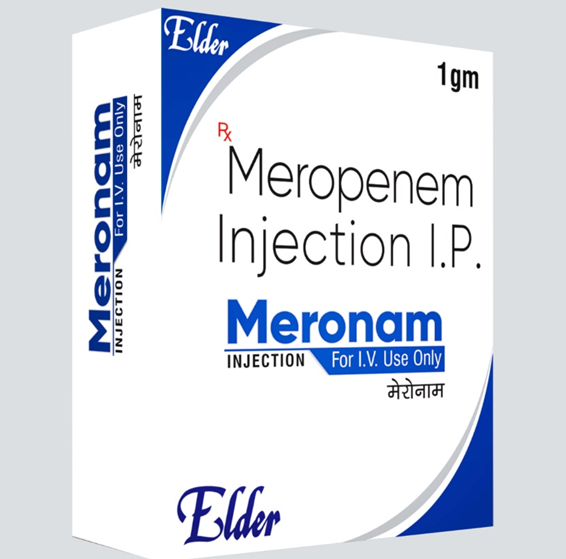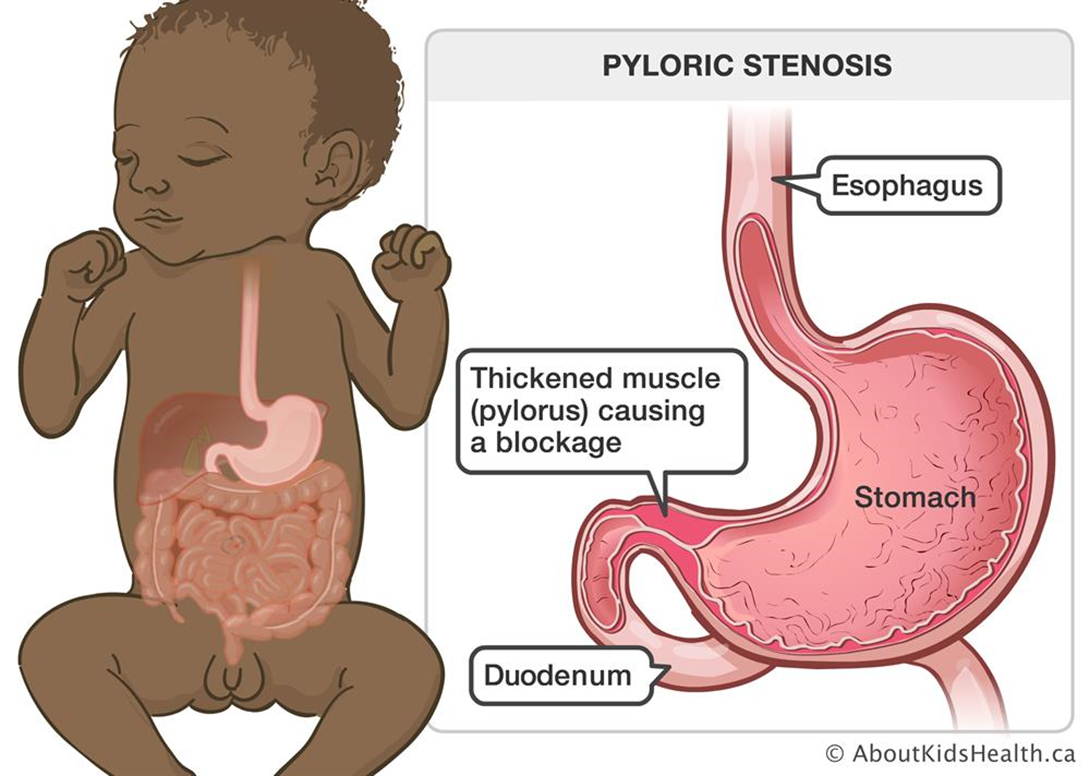In caring for a client who is receiving meropenem IV for nosocomial pneumonia, which assessment finding is most important for the nurse to report to the health care provider?
Yellow-tinged sputum
Nausea and headache
Watery diarrhea
Increased fatigue
The Correct Answer is C
Choice A reason: Yellow-tinged sputum is not a critical finding for the nurse to report, as this is a common sign of pneumonia and does not indicate an adverse reaction to meropenem. This is a distractor choice.
Choice B reason: Nausea and headache are not urgent findings for the nurse to report, as these are mild side effects of meropenem and can be managed with supportive measures. This is another distractor choice.
Choice C reason: Watery diarrhea is an important finding for the nurse to report, as this can indicate a serious complication of meropenem, such as Clostridioides difficile infection, which can cause severe dehydration, electrolyte imbalance, and sepsis. Therefore, this is the correct choice.

Choice D reason: Increased fatigue is not a significant finding for the nurse to report, as this can be related to the client's underlying condition and does not suggest a problem with meropenem. This is another distractor choice.
Nursing Test Bank
Naxlex Comprehensive Predictor Exams
Related Questions
Correct Answer is B
Explanation
Choice A reason: Explaining to the client that the dosage has been changed is not a safe action because it may not be true. The nurse should not assume that the prescribed dosage is correct or different from the previous one without verifying it with the healthcare provider or the medication record.
Choice B reason: This is the correct answer because withholding the medication until the dosage can be confirmed is a prudent action that ensures patient safety and avoids medication errors. The nurse should compare the prescribed dosage with the client's previous dosage and consult with the healthcare provider or the pharmacist if there is any discrepancy or doubt.
Choice C reason: Informing him that he may refuse the medication and documenting whether or not he takes it is not a responsible action because it does not address the issue of dosage discrepancy. The nurse should respect the client's right to refuse medication, but should also educate him about the benefits and risks of taking or not taking it. The nurse should also try to resolve any barriers or concerns that may affect the client's adherence to medication.
Choice D reason: Telling him to take the medication then verifying the dosage at the next healthcare team meeting is not a timely action because it may cause harm or complications to the client. The nurse should not administer any medication without checking its accuracy and appropriateness for the client. The nurse should also report and document any medication incidents as soon as possible.
Correct Answer is D
Explanation
Choice A reason: Marking an outline of the "olive-shaped" mass in the right epigastric area is not a priority nursing action. The mass is caused by hypertrophy of the pyloric sphincter, which obstructs gastric emptying and causes projectile vomiting. The mass may not be palpable in all cases.
Choice B reason: Instructing parents regarding care of the incisional area is a post-operative nursing action, not a pre-operative one. The parents will need to learn how to keep the incision clean and dry, monitor for signs of infection, and administer pain medication as prescribed.
Choice C reason: Monitoring amount of intake and infant's response to feedings is important, but not the highest priority. The infant may have difficulty feeding due to nausea, vomiting, and abdominal pain.
Choice D reason: This is the correct answer because initiating a continuous infusion of IV fluids per prescription is essential to prevent dehydration and electrolyte imbalance in the infant. The infant may have significant fluid loss due to vomiting and poor intake.

Whether you are a student looking to ace your exams or a practicing nurse seeking to enhance your expertise , our nursing education contents will empower you with the confidence and competence to make a difference in the lives of patients and become a respected leader in the healthcare field.
Visit Naxlex, invest in your future and unlock endless possibilities with our unparalleled nursing education contents today
Report Wrong Answer on the Current Question
Do you disagree with the answer? If yes, what is your expected answer? Explain.
Kindly be descriptive with the issue you are facing.
